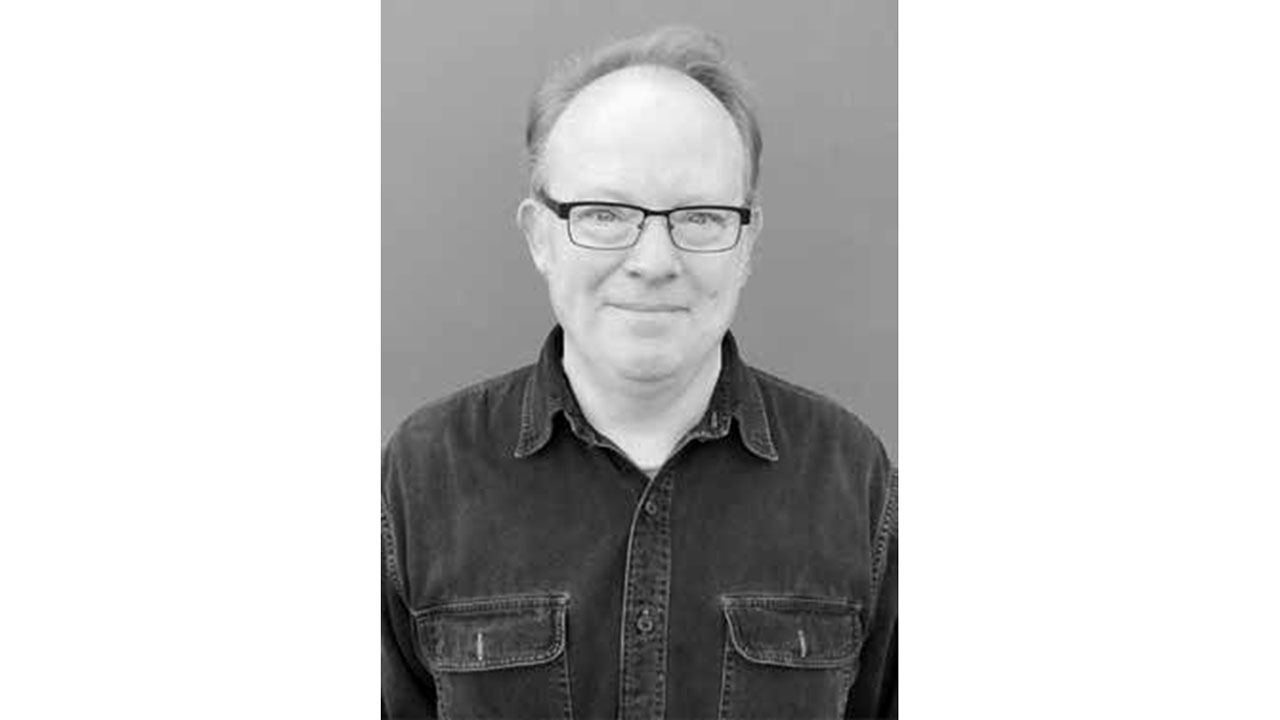
In 2003, future Audinate co-founder and chief technology officer Aidan Williams was frustrated with the complicated mess of cables and adapters required to connect mixers, keyboards, MIDI devices, recorders, and more in his work as an amateur musician. Williams is an engineer with deep knowledge of networking, and he recognized that a modern gigabit network was perfectly capable of handling all of these connections in real-time. With this recognition, the seeds of Dante audio networking were sown.
Audinate launched in 2006 with the goal of bringing audio networking to the AV industry, focusing on ultra low-latency audio, tight clock synchronization, and revolutionary ease of use.
In 2008, support from audio pioneer Bruce Jackson led to the first commercial deployment of Dante in the Dolby Lake Processor. This quickly led to adoption by other manufacturers such as Yamaha Commercial Audio, Bosch Communications Systems, Harman, Extron, Shure, Lab.gruppen, Peavey MediaMatrix, Allen & Heath, Symetrix, Midas, and more. An ecosystem was beginning to form.
Building the Ecosystem
In the years that followed, many more manufacturers implemented Dante in their products, creating an organic, virtuous circle: new devices were released to address increasing demand, which in turn, improved the usefulness of existing devices as they could connect to an ever-increasing number of possible products. The “network effect” resulted in snowballing growth.
As the Dante ecosystem grew, Audinate continued to refine and expand Dante, adding critical features and products to advance networked AV. Hardware modules, such as the popular Brooklyn II, supporting up to 64x64 channels in mixers and DSPs, and small Ultimo modules brought Dante to smaller, low-channel-count devices like microphones and wall plates. Super-high channel count devices, such as the Dante HC with 512 bidirectional channels, were developed to allow devices of unprecedented scale to be produced.
Dante is inherently software-driven, with computers being used in several ways. Dante Controller configures and routes audio in a Dante system, and is continually updated to accommodate additional features and improved usability over its 12-year life. Dante Virtual Soundcard allows computers to interface directly with a Dante network for recording and playout, making popular software tools like DAWs, full-fledged participants in the audio system. These easy-to-use, incredibly useful tools have helped make Dante extremely popular with sound engineers, designers, and other end users, and represent the commitment Audinate has made to delivering a truly complete solution to the market working across all manufacturers.
Where We Are Today
In 2018, the Dante ecosystem has grown exponentially, including more than 1,600 products from over 400 manufacturers. Recent examples of major Dante installations include the Minnesota Twins baseball stadium, the AT&T Performing Arts Center, and Miami Heat arena.
As the number of installations has increased, so has the variety of needs, especially in areas of security and organization. Audinate recently released Dante Domain Manager, an administrative tool that allows IT/AV managers to segregate Dante networks into domains, analogous to zones. By default, audio may only be routed within a domain and not elsewhere, preventing unwanted audio routes from being put into place. Users are assigned permissions in order to manage the system with complete logging of all actions taken. Tools such as Dante Domain Manager are critical to advancing audio networking beyond merely replacing old analog mechanisms, making Dante the good network citizen IT departments can endorse.
Recognizing that audio professionals own many perfectly functional pieces of non-networked audio equipment, Audinate produced Dante AVIO Adapters. Dante AVIO Adapters are compact, cost-effective, low channel-count convertors that bring legacy mixers, processors, amplifiers, and speakers into the world of audio networking.
Where Audinate Is Going
At InfoComm 2018, Audinate and the SDVoE Alliance demonstrated how Dante Controller could be used to route both audio and video for a truly integrated experience. While video is different from audio, Dante technology is neutral and capable of delivering tightly synchronized data regardless of media type. Broadcasters lead the charge to move production to completely IP-based systems, and Audinate offers complete, coherent solutions for real-time media.
Dante offers what both the audio and video industries need: a complete, end-to-end transport solution available to all that use off-the-shelf IP equipment to deliver low-latency, synchronized media with easy-to-use, reliable tools.
Brad Price is the senior product manager at Audinate. He works with the development team to create software for Dante Audio Networking that brings value to audio professionals across a wide range of industry categories.